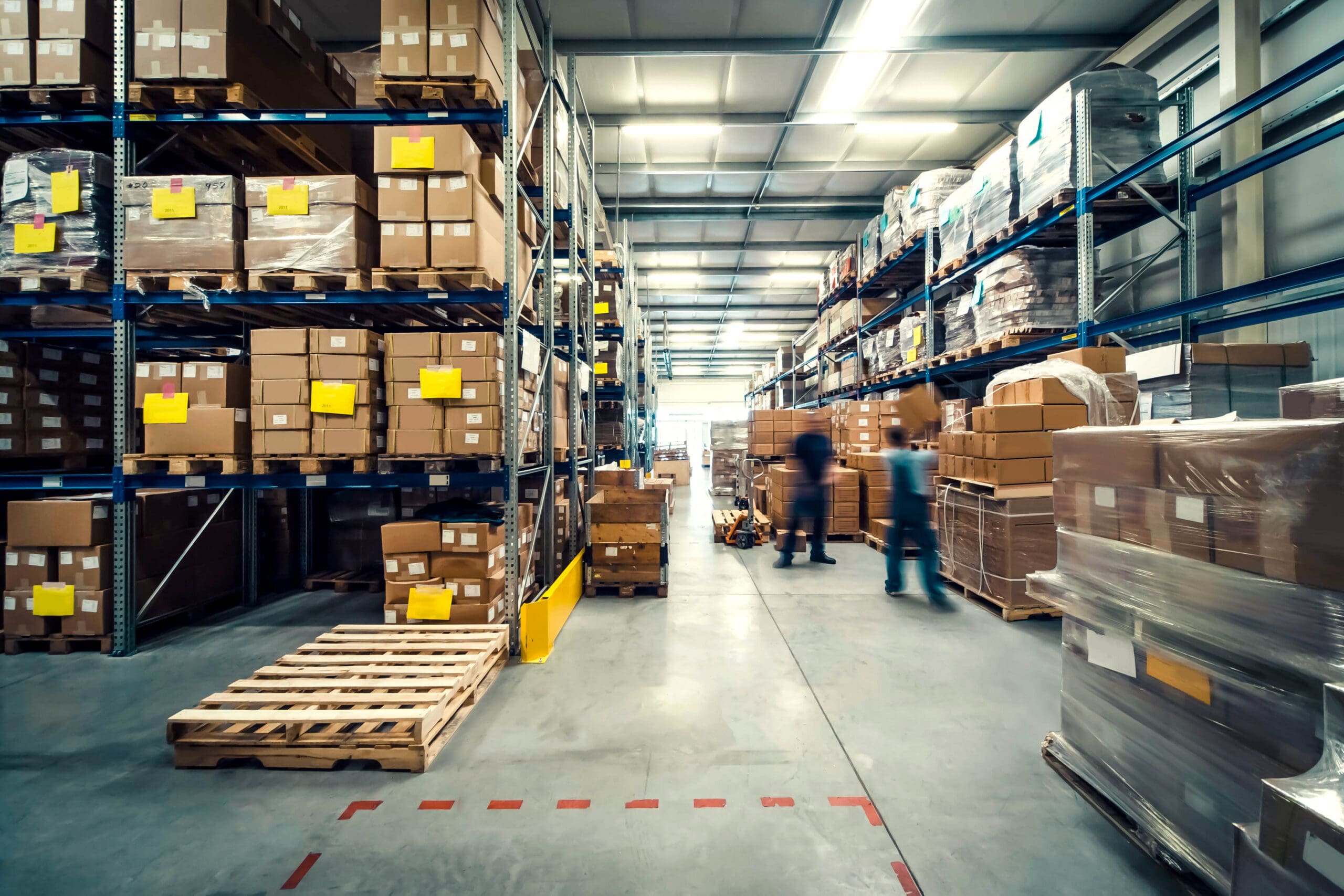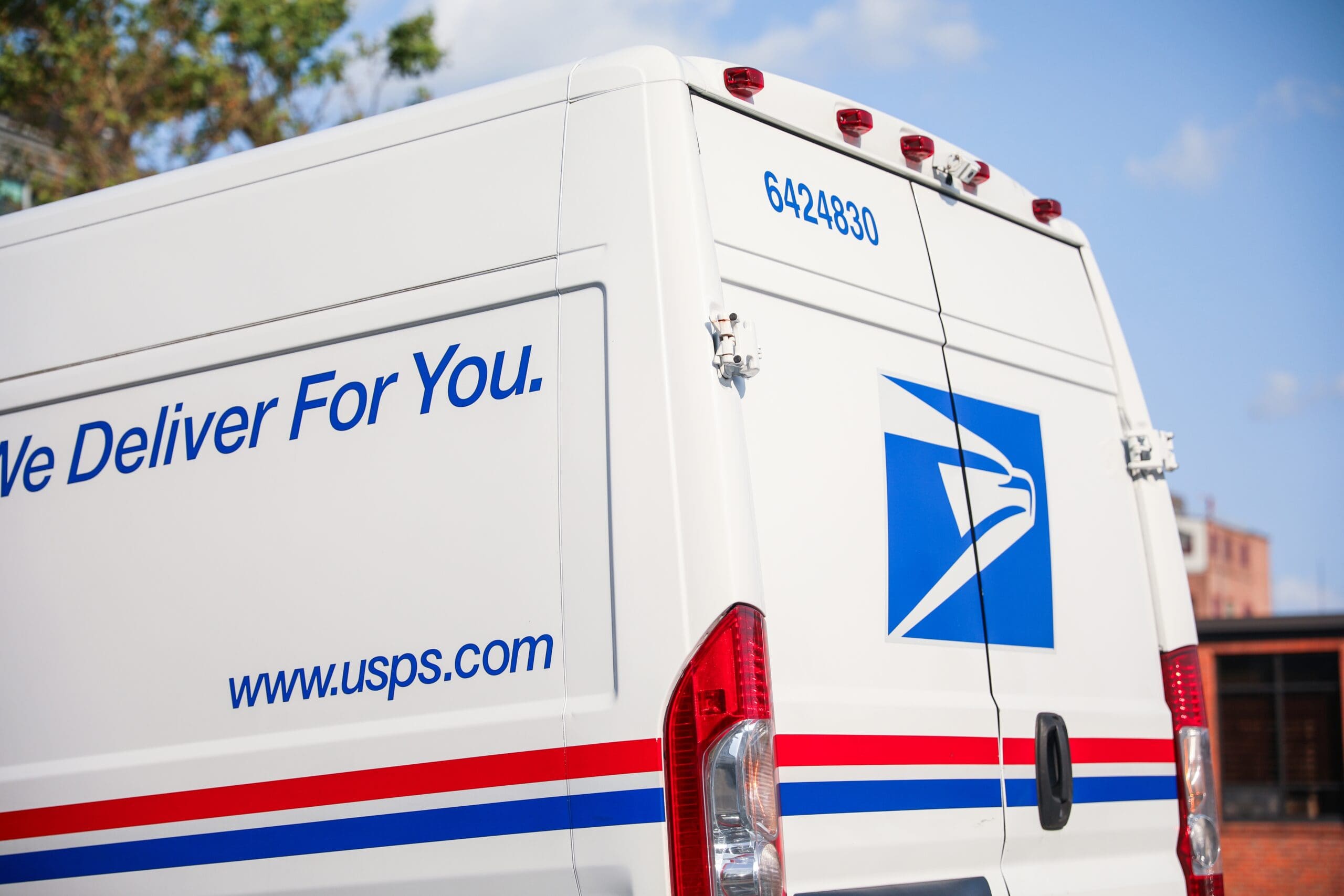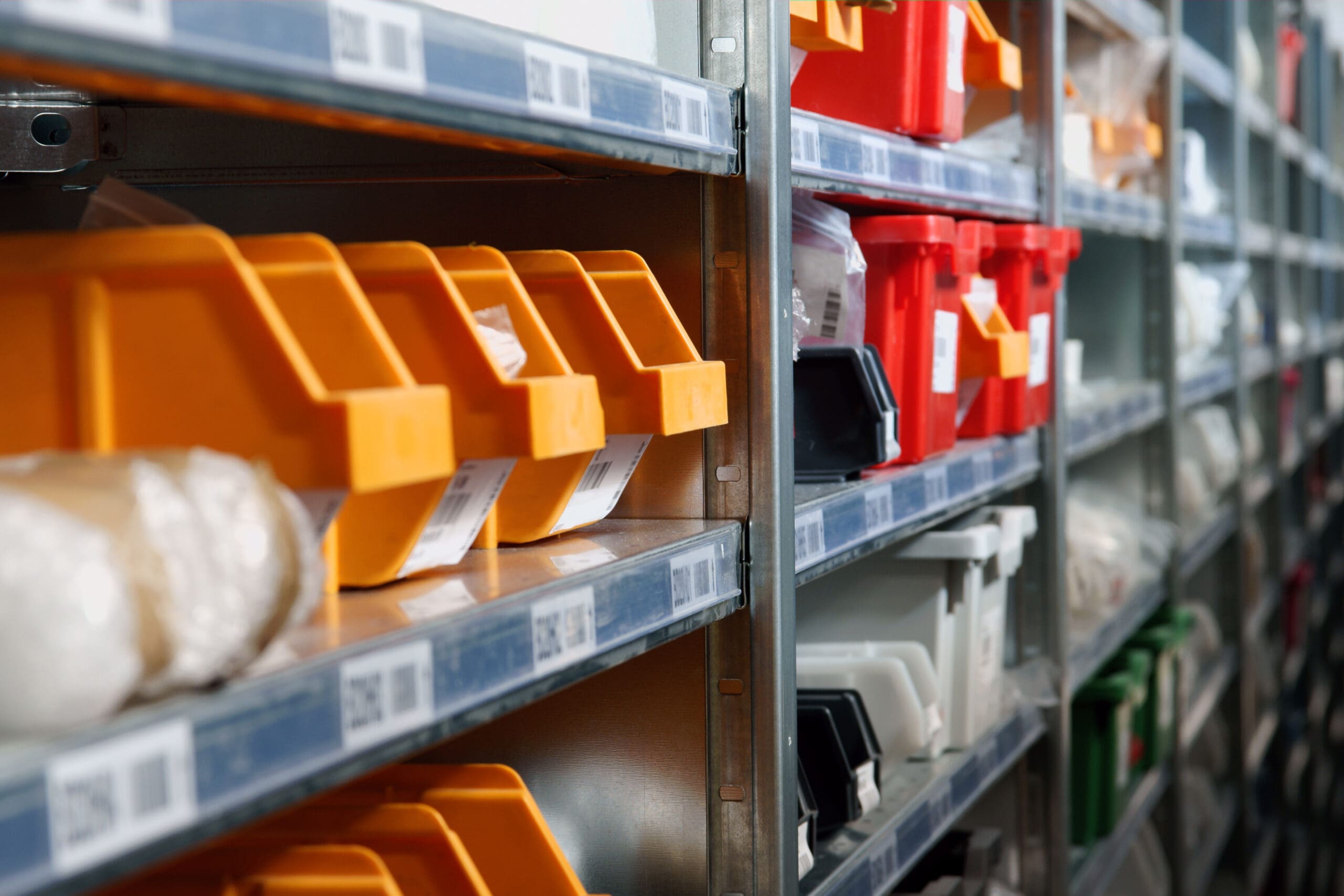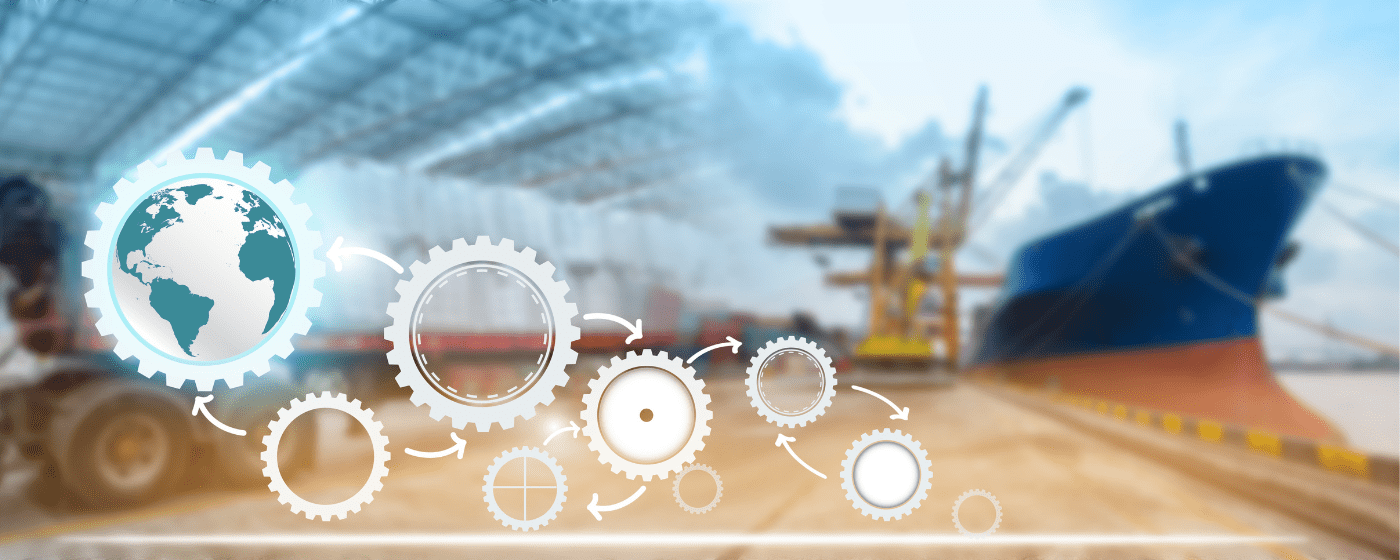Table of Contents
** Minutes
The role of intralogistics in modern businesses
Intralogistics and the ShipBob difference
Ecommerce success starts with ShipBob’s intralogistics approach
Every 3PL, warehouse, private fulfillment center, and distribution center relies heavily on strong logistical planning to fulfill orders on a daily basis.
Without efficient processes in place, managing the complexities of order fulfillment at such a large scale would be a daunting challenge. Every single function — from warehouse receiving, order processing, and order fulfillment — needs to work in sync with all the others.
If any of these processes are disrupted, it can lead to order delays, inventory loss, and increased costs.
Intralogistics is the art of how all these pieces come together within a facility. In this guide, we’ll discuss the workings of intralogistics, its role in modern businesses, and how ShipBob’s approach helps businesses operate more efficiently.
What is intralogistics?
Intralogistics refers to the management and optimization of internal logistics within a warehouse or distribution center. It focuses on improving the flow of goods from receiving to storage, and then to shipping.
The role of intralogistics has changed significantly over the years, transitioning from basic manual operations to an essential component of modern warehouse management. This evolution was accelerated by technological advancements, leading to the integration of automation and software.
This transformation has enabled businesses to meet growing customer demands, manage vast amounts of inventory, and improve both visibility and traceability for supply chain managers.
A behind-the-scenes look at intralogistics in action
An intralogistics system is powered by equipment and processes such as:
- Automated storage and retrieval systems (ASRS)
- Automated guided vehicles (AGVs)
- Autonomous mobile robots (AMRs)
- Conveyor belts
- RFID and barcode scanning technologies
- Warehouse management software solutions
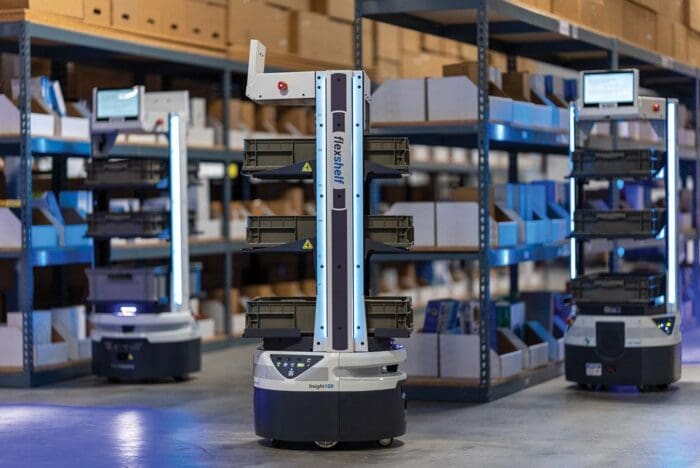
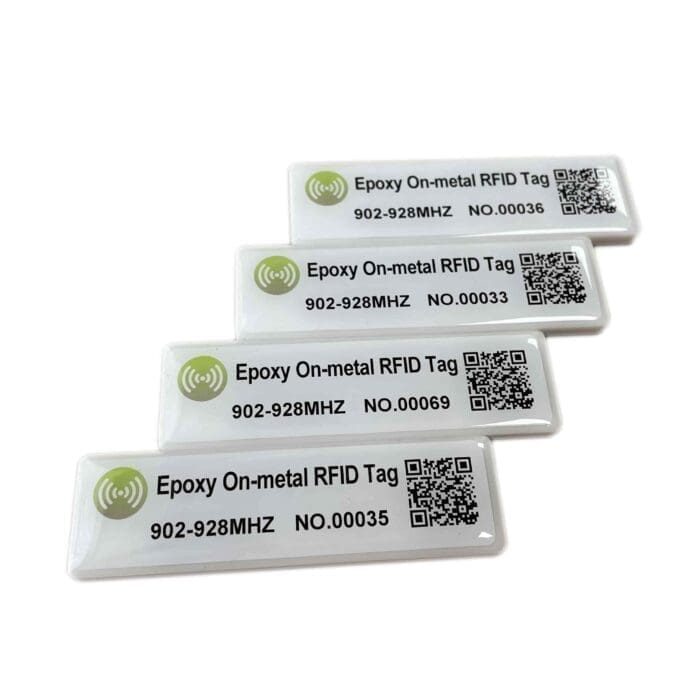
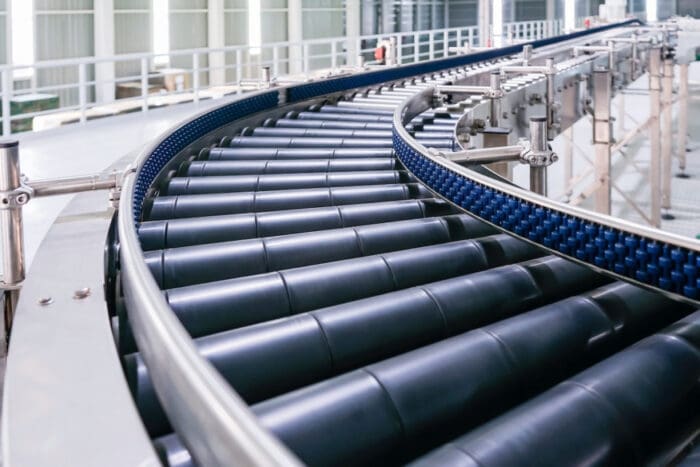
These elements work in unison to streamline the movement, storage, and tracking of goods.
This synergy not only improves operational efficiency, but also enhances the accuracy and reliability of inventory management.
Although not all warehouses utilize these advanced technologies to their fullest extent, the integration of even a few of these components can significantly transform a warehouse’s operational efficiency. Smaller or more traditional warehouses may gradually adopt elements like barcode scanning and basic warehouse management software, gradually paving the way toward more comprehensive automation.
That being said, warehouse management software is arguably the most important piece of any intralogistics puzzle, as it acts as the brain of warehouse operations. It integrates all physical movements with data analytics, ensuring real-time inventory tracking, order processing, and predictive analysis for future demands.
As an expert ecommerce enablement platform, ShipBob lives and breathes intralogistics, and seamlessly integrates these components daily. By employing advanced intralogistics systems, ShipBob ensures that every aspect of the warehouse operation, from receiving goods to shipping them out, is optimized for speed and accuracy.
The role of intralogistics in modern businesses
Customers expect more from ecommerce brands than ever before. This means that businesses must find a way to provide affordable 2-day shipping, memorable unboxings, customized details, product availability in peak seasons, and more.
The good news is that the right set of intralogistics solutions can help your brand deliver on all of the above. Optimized intralogistics systems enable brands to:
- Deliver faster shipping times: By optimizing warehouse operations and streamlining the order fulfillment process, businesses can significantly reduce the time between receiving an order and shipping it out.
- Cater to personalized customer requests: Advanced intralogistics systems allow for more flexibility in handling customized orders, whether it involves gift wrapping, special packaging, or unique bundling of products.
- Handle a large volume of orders efficiently: Intralogistics systems are designed to scale with the business, enabling them to handle increased order volumes without sacrificing efficiency or accuracy.
- Reduce operational costs: Automation and improved logistics planning reduce the need for excessive manual labor and minimize errors, leading to cost savings in the long run.
- Increase accuracy in order fulfillment: With technologies like RFID tracking and automated sorting systems, businesses can significantly improve order accuracy, ensuring customers receive exactly what they ordered.
- Improve inventory management: Intralogistics helps in maintaining optimal inventory levels, reducing the likelihood of overstocking or stockouts, and thus ensuring a smooth supply chain.
Intralogistics meaning in the context of efficiency
Consider what a warehouse operated without technology would look like. People are running to different aisles to grab products, manually checking inventory lists, and spending considerable time processing each order. All sorts of issues may arise – pickers picking the same order twice, inventory getting stowed in the wrong storage locations, or even crowding in warehouse aisles that results in accidents.
This scenario highlights inefficiencies that can surface without the right technology in place.
Intralogistics, in contrast, introduces both technology and process optimization strategically to rein in the daily chaos of warehousing, and transform it into a well-oiled machine.
Through the implementation of systems, conveyor belts, software, and more, intralogistics turns a warehouse into a hub of efficiency. By minimizing manual intervention and errors, intralogistics leads to a more efficient use of resources (generating cost savings and improved operational throughput) and lessens the amount of time and labor spent on handling goods.
Enhancing competitiveness through intralogistics
The ecommerce world is full of competition. From retail giants like Amazon and Walmart to smaller niche online stores, businesses are constantly up against other sellers – and subsequently should always be seeking ways to improve efficiency.
Rightfully so—because if your shipping times are longer than a competitor’s and all else is held equal, why would a customer choose to purchase from you? In fact, 87% of online shoppers consider delivery time to be a key factor in determining whether they want to shop with an ecommerce company again.
By ensuring faster, more accurate, and more efficient order fulfillment through streamlined intralogistics, you can provide customers with delivery that meets and beats their other post-purchase experiences. Optimizing intralogistics gives businesses a competitive edge not just through cost efficiency, but also by reclaiming valuable time – time which can be spent on making better ad creatives, refining the product, and focusing on customer engagement.
Intralogistics and the ShipBob difference
Through partnering with over 7,000 ecommerce businesses and operating a robust network of fulfillment centers, ShipBob has been able to hone and scale the art of intralogistics processes to take fulfillment operations to the next level.
ShipBob’s success with intralogistics
You can have the best advertisements, the highest-converting landing pages, and the most appealing products—but if your business can’t deliver on the post-purchase experience, you risk losing customer trust.
ShipBob has seen firsthand how businesses of all shapes and sizes benefit from advanced intralogistics solutions to enhance their supply chain management, improve delivery times, and streamline the entire order fulfillment process.
Take Semaine Health, for example. This wellness brand initially struggled to keep fulfillment affordable while also expanding their business. Through outsourcing fulfillment to ShipBob, the brand was able to lower fulfillment costs and transit times—even as their order volume quadrupled.
“We literally would not have been able to expand this year without ShipBob. In the past six months, we’ve quadrupled the number of orders that we’re shipping out. You might expect that that jump in volume would cause issues – but fulfillment has only gotten faster and better. That’s not how it typically works! ShipBob’s solutions have been game-changing for our brand.”
Matt Crane, Co-Founder and Chief Science Officer at Semaine Health
Similarly, ski sunglasses brand Pit Viper used to have a hard time picking the right items for each order from their large product catalog. After implementing ShipBob’s proprietary WMS in their own warehouse, they finally had a system that could check each pick – and as a result, saw their order accuracy rate increase from 92% to 99.7%.
“The WMS makes it really hard to send out the wrong product. It still happens on rare occasions – but it happens a lot less than before. Before we implemented ShipBob’s WMS, our order accuracy rate was around 92%. Now we’re at 99.7% for order accuracy, which equates to 2,100 less mispicks a year on average.”
Jourdan Davis, Operations Manager at Pit Viper
Ultimately, with the right intralogistics solutions from ShipBob, brands like these and many others have been able to transform their logistical challenges into competitive advantages.
The future of intralogistics with ShipBob
With the ecommerce sector evolving, intralogistics must adapt to meet new challenges and opportunities.
One of the key trends we can expect is a greater reliance on artificial intelligence (AI) and machine learning. These new technologies will enable even more sophisticated data analysis and decision-making processes within a warehouse.
Another significant trend is the increasing use of warehouse automation and logistics automation. ShipBob incorporates automation techniques to enhance speed and accuracy in warehouses. This includes automated order processing systems, a box selection algorithm, and automated sorting.
Poised to embrace these emerging technologies, ShipBob is set to redefine the standards of warehouse efficiency and operational excellence.
Ecommerce success starts with ShipBob’s intralogistics approach
More often than not, ecommerce success hinges on the efficiency and effectiveness of your logistics operations. ShipBob’s approach to intralogistics keeps this top of mind, combining cutting-edge technology with strategic expertise to optimize every aspect of warehouse management.
From omnichannel fulfillment to advanced data analytics, ShipBob’s intralogistics solutions streamline warehouse processes, reduce costs, and improve customer satisfaction.
Get your (ware)house in order with ShipBob’s WMS
ShipBob’s Warehouse Management System (WMS) is a powerful tool designed to bring order and efficiency to your warehousing operations. With features that enable seamless inventory tracking, optimized storage, and streamlined order processing, ShipBob’s WMS ensures that your products are stored, managed, and shipped with precision.
This system is integral to maintaining high-functioning operations that continually meet warehouse KPIs. Without it, businesses might struggle with inventory inaccuracies, delayed shipments, and inefficient labor usage.
ShipBob’s inventory management system: dashboards you can rely on
At the heart of effective intralogistics is robust inventory management. ShipBob’s inventory management system provides real-time dashboards that give you a comprehensive view of your stock levels, order status, and overall inventory health.
With features like inventory automation and insightful inventory restocking strategies, you can avoid stockouts, manage inventory across multiple locations, and make data-driven decisions.
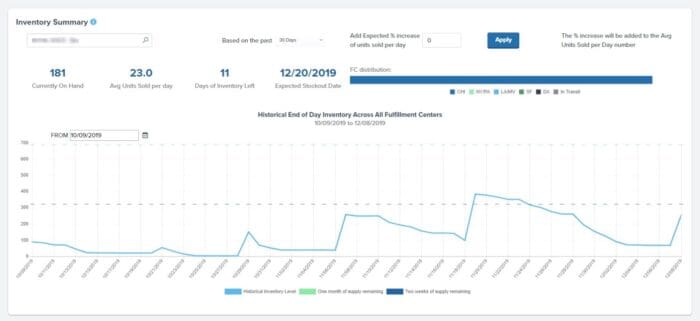
Tie it all together with 2-day express shipping
We all know by now that delivery speed is crucial. ShipBob’s 2-Day Express shipping solution ties together the efficiency of our intralogistics operations with the promise of rapid delivery to your customers.
This service ensures that your products reach your customers quickly and reliably, enhancing customer satisfaction. By integrating this express shipping option into your fulfillment strategy, you can stay competitive in a market where speed and reliability are key to winning and retaining customers.
Curious about how ShipBob can transform your brand’s intralogistics? Click the button below to touch base with an expert.
Intralogistics FAQs
Below are answers to common questions about intralogistics.
What exactly is intralogistics, and how does it differ from traditional logistics?
Intralogistics refers to the management of internal processes involved in the movement, storage, and handling of goods within a warehouse, fulfillment center, or distribution center. It differs from traditional logistics, which mainly focuses on the transportation of goods from one location to another (e.g., from the manufacturer to the warehouse, or from the warehouse to the customer). Intralogistics specifically deals with what happens to goods inside the facility.
How can intralogistics improve the efficiency of my business operations?
Intralogistics can significantly enhance your business operations’ efficiency by streamlining warehouse operations. This includes improving warehouse organization, reducing material handling time, and optimizing storage and retrieval processes. These improvements lead to faster processing times, reduced errors, and lower operational costs.
Is intralogistics suitable for small to medium-sized businesses, or is it only for large corporations?
Intralogistics is beneficial for businesses of all sizes, including small to medium-sized brands. While large corporations might implement more complex and extensive intralogistics systems, SMEs can also adopt scaled-down, cost-effective solutions. Even basic automation and organizational improvements can significantly impact efficiency and productivity for smaller businesses.
What are the key components of an intralogistics system?
Key components of an intralogistics system include warehouse management software, automated picking systems, conveyor systems, and data analytics tools. These components work together to manage the internal flow of goods, optimize order picking, track inventory in real time, and analyze data for continuous operations improvement.
